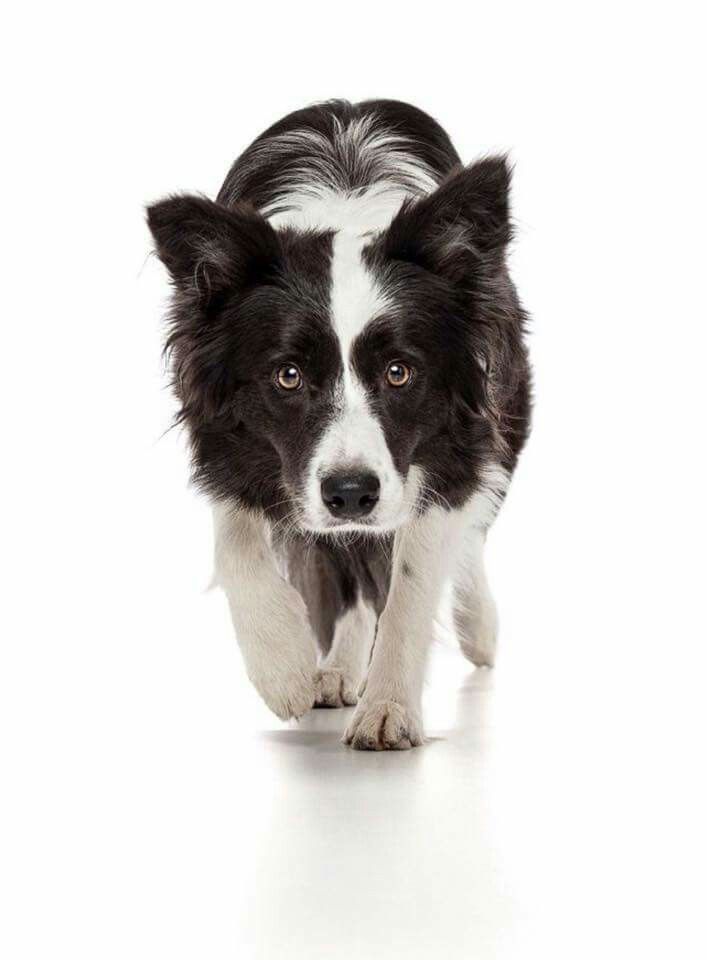Some Tips For Dog Buyers And Owners.

If you walk down the street, you probably notice that a lot of people own a dog. Perhaps you own one as well, and wish to know a little more about them. This article is going to teach you the basics of caring for a dog, along with other tips. Keep reading and you'll be an expert on dogs in no time.
Be careful with your dog around Christmas season, many dangers are lurking just under the festive ambiance. For instance, electrical chords are typically strewn about during the holidays, and dogs often chew them, creating an electrical hazard. Dogs may be tempted to eat the decorations on the tree. They may also be tempted by the tree water, which can be toxic.
Be a good neighbor and discourage your dog from barking, unless he is alerting you to danger. Most people get used to the sound of their dog yelping, but others find it a constant annoyance. If long legged dog breeds strategies & examples barks often, consider talking to your vet about what could be causing it and how you can put a stop to it, for everyone's sake.
Positive reinforcement is very important in training your dog. Always make sure your dog knows when they perform a behavior you wish to see repeated. It teaches the dog that he gets praised when he does what you'd like him to do.
Take your dog to the vet regularly. This may seem like an added expense that you don't need, but when you take your dog to the veterinarian, he can screen your dog for diseases and make sure he is in the best of health. This of course prevents problems down the road.
When clipping a puppy's toenails, start slow. Introduce your little dog to them before you begin cutting. You may only be able to get a single nail done during a sitting. It could take some time for puppy to become comfortable with the idea of nail clipping, but soon, you will be able to get through it all at once.
If training has become routine and boring with your dog, consider introducing agility exercises into the mix. These will still teach your dog to obey and be challenging, but they tend to be a lot more fun than the regular commands. Get the whole family involved by making an obstacle course and working the dog through it frequently.
Unless you're okay with your dog playing with your shoes and other things around your home, buy him some toys. He will enjoy having things of his own, particularly if they are interactive like pull-toys you can use together. Also buy him things he can use to occupy himself and stay out of trouble!
When taking your senior dog to the vet for an annual visit, make sure to request senior blood work. A blood panel can help your vet to identify any kidney, heart or vascular concerns. If caught early, treatment is often minimally invasive and less costly. This is a great way to keep your pet healthy for years to come.
Be consistent when giving your dog commands. This is an area where a lot of dog owners have a problem, especially when you won't feed your dog from the table but your spouse will. Make sure that everyone in your home understands what's acceptable so that the dog will receive a clear message. That will make him more likely to obey.
If you're trying to break one of your dog's unwanted habits, make sure that you understand that it will not happen overnight. Breaking a habit takes time and patience. essential long legged dog breeds on your own get discouraged and give up if it seems like your pup isn't making progress. Keep at it and maybe try changing your approach to the training. Sometimes this can be the boost that your dog needs.
Don't forget about your dog when writing your will. Many pets end up being fought over or neglected completely because specific instructions were not left regarding their care. Include a clause that clearly directs your loved ones on what to do with your dog so that he's well taken care of.
Make time for your dog. You are probably aware that your dog always has time for you, so it's time to return the favor. You might take the dog out for some exercise, or you might just set some time aside to rub his belly. Remember to spend a bit of special time with your dog, and he'll appreciate it.
If your puppy has an accident, take the time to clean thoroughly. Make sure that you clean up the mess quickly and thoroughly. If you still smell poop, your dog will too and might strike again.
It is natural to want to get your dog trained as quickly as possible. However, remember that there is a limit as to how fast this process is going to go. If you are not realistic, you are much more likely to get frustrated with your pet, which could damage your relationship. Your pet will learn over time, but it may not happen as fast as you would like.

Keep in mind that some behavioral problems in your dog could be connected to health issues, especially if your dog is displaying a new behavior. Your dog might become aggressive when you touch it because of a pain and it might have a hard time with house-training because of an infection.
If you have a new dog in the house, be careful with how much freedom you give him or her initially. The freedom to have access to all areas of your home needs to be earned. If you allow your pet to roam too soon, you may have to deal with damaged furniture and other issues. Use baby gates to help restrict your dog's movements, and house him in an appropriately sized crate when you cannot watch him.
Many dogs enjoy things like fruits and vegetables, rice, eggs and cottage cheese. There is nothing wrong with letting them have these things, but they should not make up the bulk of their diets. You should feed them dog food, and implement these items around 10 percent of the time.
As you can see, it's not terribly difficult to deal with caring for a dog. It does take a some time and patience, but it is possible to do well at it. Just take in everything you've read here and you should be able to help your dog live a happy and healthy life.
Working Australian Shepherd vs Show – Which is a Better Choice?
As a newcomer to the Aussie scene, you are sure to be repeatedly confronted with the two terms “working Australian Shepherd” and “show Australian Shepherd”.
What is behind these terms and how do these dogs differ from each other?
Can a newbie train a working Australian Shepherd, or should a family choose a dog from a show line?
Show Australian Shepherd
These dogs are primarily bred for the purpose of achieving the highest possible rating at (beauty) shows. There are such exhibitions in many places and by many associations.
Puppies that do not reach the quality of a future show champion are often offered as easy-to-use family dogs.
At the exhibitions, the dogs are judged in rings, separated according to males and females and different age groups, solely with regard to their beauty and the correctness of their physique.

Character, motivation, performance, health, robustness, and sporting opportunities play a subordinate or no role in the assessment. It’s all about having the most beautiful dog possible in the ring.
Often the show judges prefer dogs with a lot of colors and distinctive markings, a very strong, heavy build, a lot of fur, and with large sizes within the standard.
Since these exhibitions often take place with many people and dogs in a confined space, there are often few opportunities to run around. The dogs often spend a long time in so-called exhibition cages at the exhibition until it is their turn. Dogs with a “chilled” mind is much easier, and it turns out that show line breeders usually breed a type that can be characterized as follows:
They are often more difficult to motivate and sensitive in warm temperatures due to the pronounced coat and strong undercoat. Sometimes they have to get a lot of grooming so that the undercoat does not become matted and starts to smell.
Character defects such as fearfulness, insecurity, or aggressiveness can easily be covered up by an experienced exhibitor. Therefore the championship does not guarantee a first-class character.
Working Australian Shepherd
The original Australian Shepherd was and is still a pure working dog who tirelessly helps the ranchers with their work.
He was selected to have a lot of interest in cattle, to be easily trainable, to have a high level of stimulus and drive control, and the desire to work with and please his humans.
This package creates the fascination of the dog. It seems as if he only has eyes for his owner, obeys the slightest word, can do the most incredible tricks, and is successful in every area of dog sport.
But for breeding, the following applies: “If you don’t use it, you lose it”.
This means that characteristics and physical traits that are not constantly requested and checked by the breed as part of a meaningful selection are lost or changed to a form that no longer corresponds to the original characteristics.
Working line dogs were selected solely on the basis of their work performance and robust health, which means that these dogs have comparatively few problems with diseases of the musculoskeletal system such as hip dysplasia, elbow dysplasia, and Osteochondritis dissecans. Epilepsy is also comparatively rare in working Australian Shepherds.
However, since they are not bred with a particular beauty standard in mind, they are often much lighter and smaller in size, have lighter, narrower heads and often significantly less and very easy-to-care-for fur, and are therefore often not as colorful and impressive as their colleagues from the show ring. Upright ears instead of the button ears desired for the show ring also appear from time to time.
https://petsroof.com/working-australian-shepherd-vs-show/
I was made aware of that editorial on Pets through an acquaintance on a different domain. For those who liked our blog post please do not forget to pass it around. Thanks for your time. Kindly come visit our website back soon.
